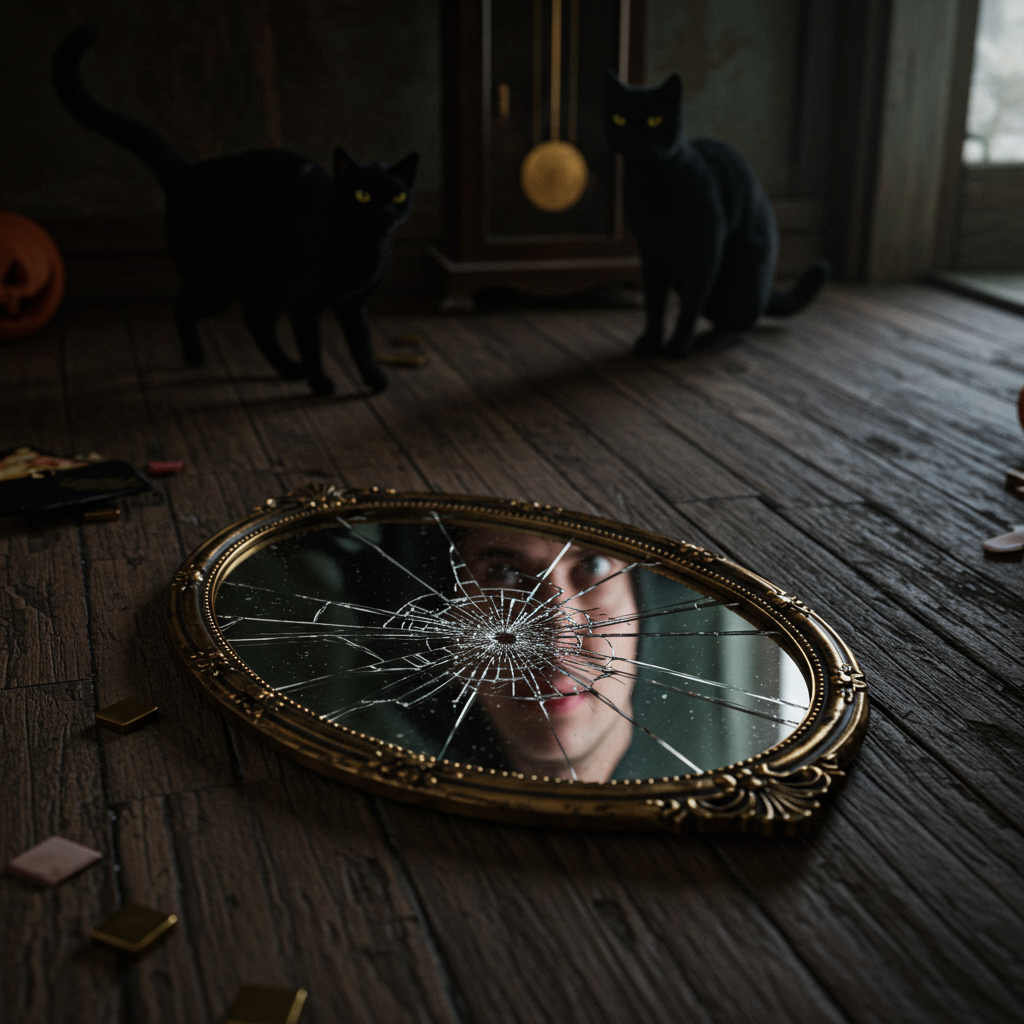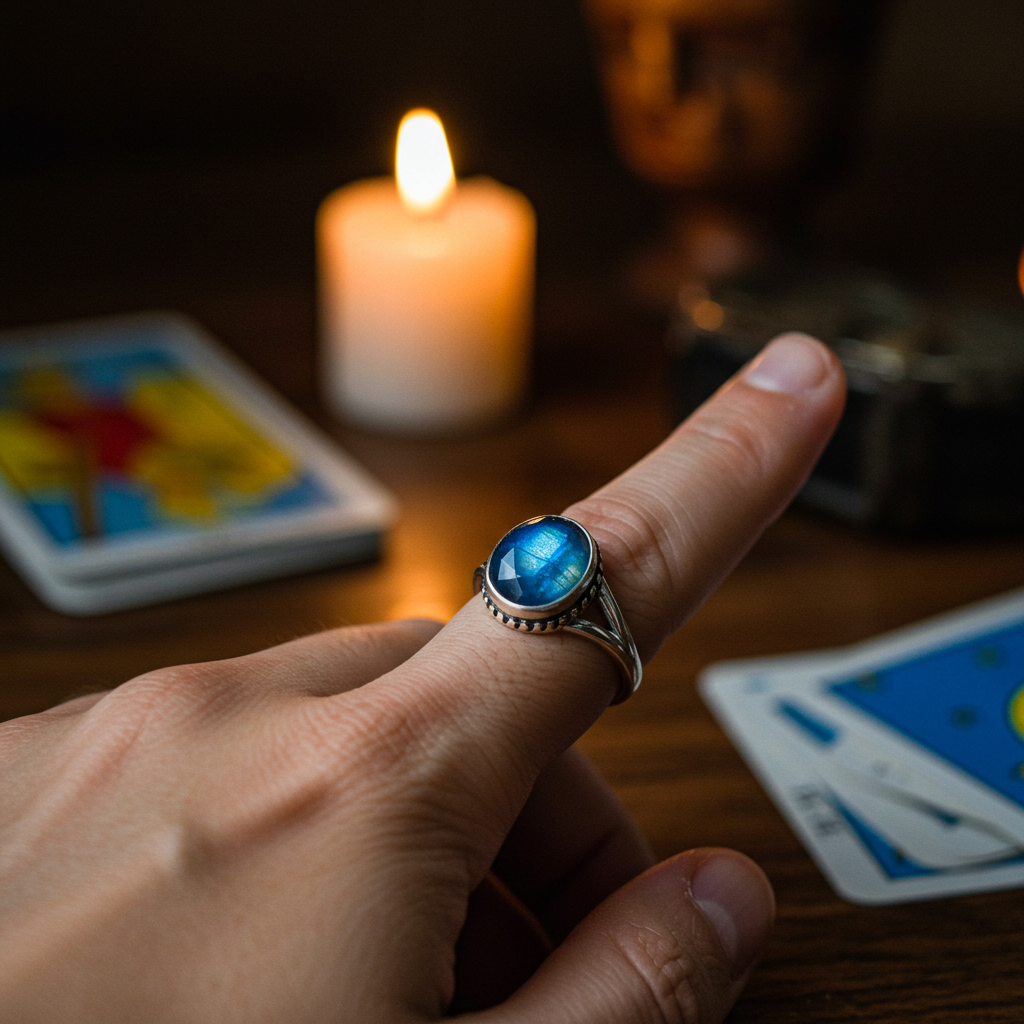This superstition holds that couples with an age difference of exactly 3 or 6 years—either older or younger—are destined for an unhappy marriage. According to the belief, these specific age gaps are associated with disharmony, imbalance, or even karmic misalignment, though the exact reasons vary by region. Often passed down orally within families or communities, this superstition may influence matchmaking decisions or the evaluation of long-term romantic compatibility. No ceremony or ritual is typically required; rather, it is observed as a precaution when considering a potential partner. Some versions of the belief extend to multiples of 3 (such as 9 or 12 years), though 3 and 6 are most commonly cited. The belief does not carry astrological or religious weight in every culture but can still affect attitudes and decisions, particularly in conservative or traditional societies.
Numerology and Number Symbolism
The superstition holds that verbal repetition of an intention or wish exactly forty times can lead to its realization. This number is believed to amplify energy or sacred intention. Practitioners may choose a private and quiet place, possibly at night or during a personal ritual. The phrase, prayer, or desire must be stated clearly, with full focus, and unbroken attention. The phrase is repeated forty times consecutively or over a set number of days, often with counting beads or marks to maintain accuracy. It is crucial not to alter the wording during the repetitions. In some interpretations, using spiritual aids (candles, incense, or meditation) may strengthen the effect. The intention behind the repetition must be pure and focused, with belief in the process enhancing success. No specific religious context is required, but this type of practice appears in various spiritual traditions as a discipline of faith and persistence.
This superstition is associated with the use of homeopathic remedies—a medical system developed in the late 18th and early 19th centuries. It holds that pills should be taken in quantities such as one, three, or five, and never in even numbers. Proponents believe that odd numbers align better with the body’s natural energy patterns and the vibrational principles of homeopathy. Practitioners who follow this belief may advise patients to count their sugar-based homeopathic tablets carefully, sometimes going out of their way to avoid taking an even number. There’s no formal clinical guideline prescribing this; rather, it is passed through anecdotal tradition and informal practitioner advice. The superstition may be combined with other spiritual or ritualistic practices, such as taking the pills at certain times of day or avoiding other stimuli like coffee or menthol during treatment.
This superstition suggests that when someone reaches an age in which both digits of the number are the same (e.g., 11, 22, 33, 44), they are likely to experience a significant personal transformation or life event during that year. The belief does not specify what type of change—whether positive or negative—but implies that it will be meaningful and potentially turn the individual onto a new life path. This coincides with the symbolic importance placed on numbers in many cultures. People may mark these ages by setting intentions, taking personal risks, or making important life decisions under the assumption that fate is more active during such years. Some cultures view these ages as turning points, ripe for reflection or spiritual reassessment.
In Western folk tradition, accidentally breaking a mirror is thought to trigger a seven-year period of sustained bad luck for the person who caused the breakage. This belief is grounded in the ancient idea that mirrors hold more than surface reflections—they’re portals to the soul, tools of divination, and containers of spiritual energy. When a mirror shatters, it’s believed that the reflection of the soul is also fragmented, causing disharmony in the person’s life until that cycle is restored.
The specific time span—seven years—stems from Roman ideas about life and health operating in seven-year phases. Breaking a mirror, then, interrupts this renewal process. The superstition includes layers of symbolism: the mirror’s value as a once-expensive item, its use in prophecy and magic, and the unsettling experience of seeing oneself distorted or broken.
To prevent or shorten the curse, many traditions offer remedies. These include burying the broken shards under moonlight, casting them into running water, grinding them into powder, or performing counter-rituals at midnight. Such practices aim to neutralize the spiritual rupture caused by the reflective destruction.
According to widespread numerical belief, particularly across Western and Western-influenced societies, the number 13 is considered inherently unlucky. This aversion is expressed through common avoidance behaviors: high-rise buildings omit the 13th floor from elevators and numbering systems; airlines skip row 13; and individuals often avoid important decisions or events—like weddings, surgeries, or business launches—on the 13th day of the month, especially if it falls on a Friday. Social gatherings may go to lengths to avoid a group of exactly thirteen diners. This deep-rooted fear even has a clinical name: triskaidekaphobia.
The superstition reflects a broader human preference for numerological harmony, with the number 12 long seen as symbolically “complete” (12 months, 12 zodiac signs, 12 apostles), making 13 feel excessive or out-of-balance. Despite no empirical evidence linking the number to misfortune, the belief exerts real influence on design, scheduling, and behavior in everyday life.
According to Spanish and Latin American tradition, consuming precisely twelve grapes at midnight during New Year’s Eve celebrations—one grape with each stroke of the clock—ensures prosperity and good luck for each corresponding month of the coming year. This calendrical consumption supposedly creates symbolic alignment between the twelve fruits and the twelve months, with successful completion of all grapes before the final stroke guaranteeing year-round fortune. Some traditions specify enhanced effectiveness based on grape characteristics—seedless grapes for smoother transitions, sweeter grapes predicting easier months—and accompanying practices like silently making a wish or resolution for each grape. Participants are often encouraged to focus on positive intentions or future goals while eating.
According to traditional palmistry and esoteric beliefs spanning multiple cultural systems, placing a ring specifically on the middle finger of the left hand enhances intuitive abilities, spiritual perception, and protection against negative energies. This digit-specific practice supposedly works through several mechanisms: the finger’s direct energetic connection to Saturn (planet of wisdom and boundaries); its central position balancing opposing forces; and its length creating a powerful energy channel extending beyond other fingers. Some traditions specify ideal materials (silver for psychic enhancement, black stones for protection, or blue stones for truth perception) and activation methods (ritual blessing, moon-charging, or energetic programming through visualization).







